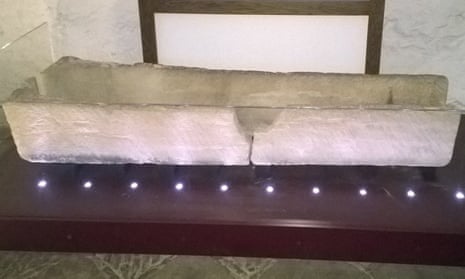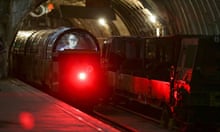An 800-year old coffin on display in a museum was damaged when a child was placed inside it to pose for a photograph.
The ancient artefact, which is housed at Prittlewell Priory Museum in Southend, Essex, was accidentally knocked off its stand and broken after the child was lifted over a protective barrier.
The family left the busy museum on 4 August without reporting the damage, leaving staff to discover it for themselves. The incident was caught on CCTV.
“The care of our collections is of paramount importance to us and this isolated incident has been upsetting for the museums service, whose staff strive to protect Southend’s heritage within our historic sites,” said Claire Reed, the conservator responsible for repairing the sarcophagus.
“My priority is to carefully carry out the treatment needed to restore this significant artefact so it can continue to be part of the fascinating story of Prittlewell Priory.”
The coffin was found in the grounds of the priory in 1921 complete with a skeleton that could have been a senior monk. The priory was founded by Cluniac monks in the 13th century and at its peak had as many as 100 monks living there.
The sandstone casket that was damaged is the last of its kind. “It’s a very important artefact and historically unique to us as we don’t have much archaeology from the priory,” said Reed.
Luckily for all, the council predict the repairs will cost well under £100. The coffin will now be completely enclosed so to prevent future damage while the curatorial team assess how best to carry out the repairs.
The council have reminded visitors that they should observe and respect any barriers and signs in place that are there to protect the important heritage and history of the local area.
“You can put all the risk assessments in place but you really don’t expect people to try to get into the artefacts,” Reed said.








